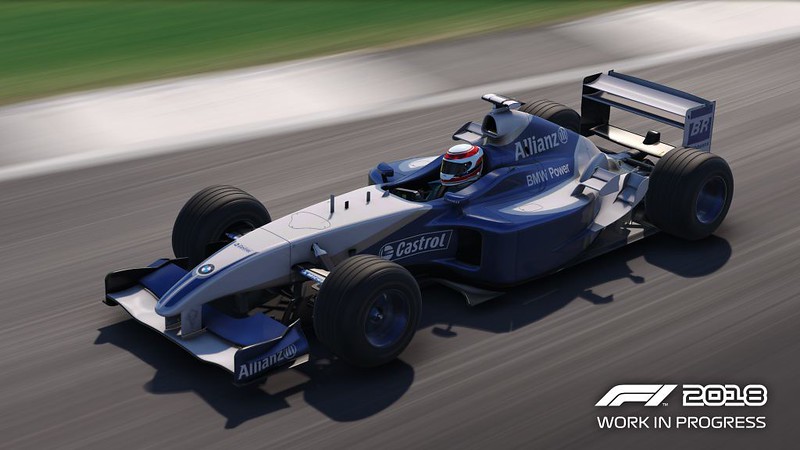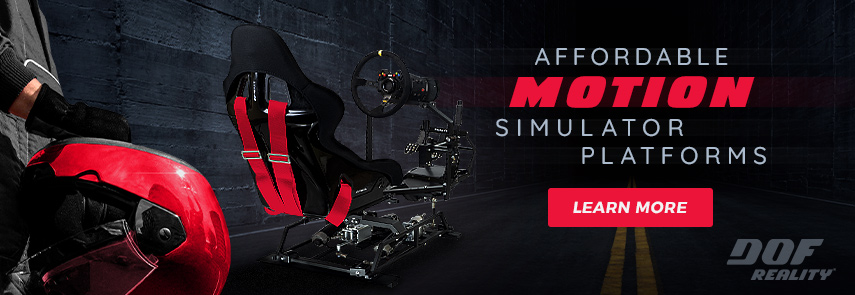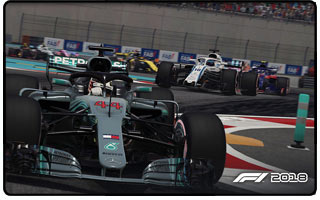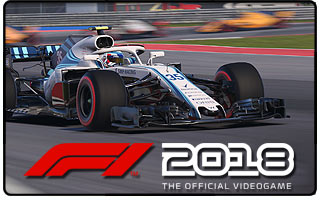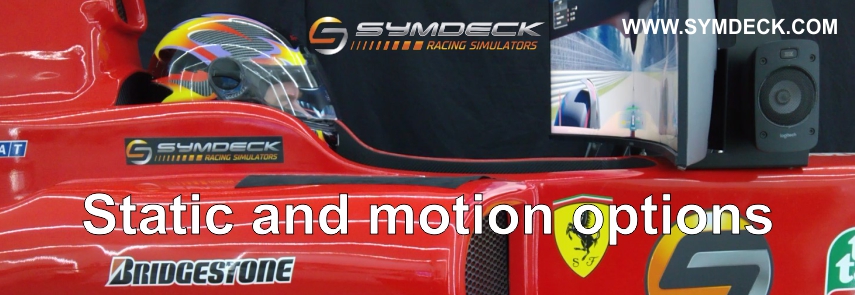F1 2018 Developer Diary 3 – F1 Car Handling
With only 15 days to go before the big release, Codemasters has published the third Developer Diary for the official video game of the 2018 FIA Formula One World Championship.
In this episode, avid sim racer and Codemasters Senior Car Handling Designer David Greco explains how with every new iteration of the F1 game franchise, more and more simulation aspects are brought into the game. F1 2018 will feature significantly improved handling, revamped suspension, and better chassis physics. The development team worked hard to make sure that the F1 2018 player will experience a realistic and relatable feeling of grip, under all wear, compounds and weather conditions.
David believes that F1 2018 edition will be a massive step up from its predecessors, with new features such as the tyre carcass temperature and manual deployment of the ERS system.
The F1 2018 game features all the official teams, the drivers and all 21 circuits of the thrilling 2018 season, including Circuit Paul Ricard and the Hockenheimring. As well as the current season’s offerings the game includes 20 iconic cars from the history of the sport. F1 2018 will release onto PlayStation4 computer entertainment system, the Xbox One family of devices including the Xbox One X and Windows PC (DVD and via Steam) worldwide on Friday 24th August 2018.
I believe F1® 2018 is a massive step up, because we’ve introduced so many more simulation aspects that I believe will be very well received by all the players,” commented David Greco, Senior Car Handling Designer on F1® 2018. To choose which one is the most important and advanced is quite hard, but I would probably say it is the expanded system which enables us to simulate the tyre temperature more realistically than we have ever done before.
This year, the way the car feels, with the ‘Force Feedback’, and how it all works together, we are very close to what I want from a simulator. In over 20 years of my career between sim racing and real motorsport, I have always come across questions like: ‘one title is more simulator than another title, because it’s very difficult to drive?’ With my real motorsport experience, I can say that real racing cars are made to have a lot of grip. To me, a simulator is not how easy it is to drive or how easy to make it spin. To me, a simulation is how many real-life, physical components we simulate, and especially this year, there are not many features that I can think of that we don’t simulate. To just call it a game to me is not enough anymore.
As Senior Car Handling Designer for the F1® games, could you tell us what you’re responsible for?
“As the Senior Car Handling Designer, I’m constantly working with our physics coders, with engineers from FOM – my sole objective is to get as much real data as possible from real F1® cars to make sure the driving experience is authentic. I set up everything regarding the cars, from the tyre model to the engines, to the aerodynamics and suspension.”
ERS is being introduced to F1® 2018 – could you explain to us briefly what ERS is?
“ERS is the Energy Recovery System. This system recovers energy during braking and coasting, otherwise, all that energy would be lost. It’s then deployed by the power unit to have more power – a peak of an extra 160 HP. It is, of course, very complicated and has with many pages of rules and we followed these rules to give an experience to our audience which is as authentic as possible.”
How does ERS work in F1® 2018?
“ERS in F1® 2018 works pretty much just like in the real sport. If the player has battery left, then they’ll be able to deploy the extra power available from the hybrid system. We look at the real rules and implement the 4 megajoules limit of deployment per lap and of the battery, as well as implementing the limit of 2 megajoules of harvesting per lap by the MGU-K. We then implemented different levels of deployment, from the lowest one that uses no energy, therefore it does not deplete the battery, to the highest setting, which gives the player the most power, but also uses up a lot of the battery, to a point that the players can also use all the 4 megajoules available to them before the end of a single lap, becoming very vulnerable to an overtake as a result of no hybrid power.”
How can you harvest and deploy whilst on track?
“The harvesting is directly reflected by how much you brake and/or lift and coast. The harder you brake, the more energy you’ll recover. The more lift and coast (used also for fuel saving) the more energy you’ll harvest. Deployment is available through the MFD, and the player is able to select which setting to use, to the most conservative to the most aggressive setting we have.”
How can using ERS change your race?
“ERS is fundamental in this game. Players will find themselves losing over a second per lap if they don’t use the extra energy in the right way. Moreover, it’s also important to keep some energy, just in case you want to overtake or defend a position.”
What are you most looking forward to players experiencing in F1® 2018?
“I really want to see the reaction from the players about the new ERS feature, what they think of the new tyre carcass temperature, how the new suspensions feels and if they think that F1® 2018 is not just about pure pace and that ERS and Tyre temperatures are very important to get right in order to nail the strategy and get the ultimate reward.”
Official Webpages – www.formula1-game.com |
 Bsimracing Sim Racing Resources and News for the racing enthousiast.
Bsimracing Sim Racing Resources and News for the racing enthousiast.

